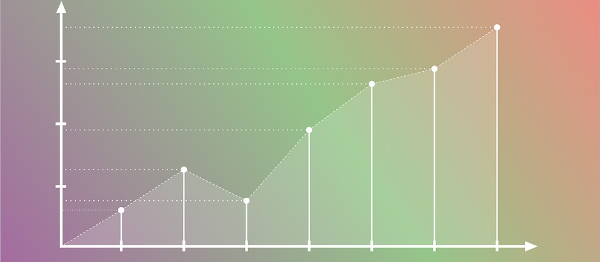Document Type
Article
Publication Date
9-2013
Publication Title
Biostatistics
Volume
14
Issue
4
Abstract
The detection of areas in which the risk of a particular disease is significantly elevated, leading to an excess of cases, is an important enterprise in spatial epidemiology. Various frequentist approaches have been suggested for the detection of “clusters” within a hypothesis testing framework. Unfortunately, these suffer from a number of drawbacks including the difficulty in specifying a p-value threshold at which to call significance, the inherent multiplicity problem, and the possibility of multiple clusters. In this paper, we suggest a Bayesian approach to detecting “areas of clustering” in which the study region is partitioned into, possibly multiple, “zones” within which the risk is either at a null, or non-null, level. Computation is carried out using Markov chain Monte Carlo, tuned to the model that we develop. The method is applied to leukemia data in upstate New York.
First Page
752
Last Page
765
Recommended Citation
Wakefield, Jonathan and Kim, Albert Y., "A Bayesian Model for Cluster Detection" (2013). Statistical and Data Sciences: Faculty Publications, Smith College, Northampton, MA.
https://scholarworks.smith.edu/sds_facpubs/17
Digital Object Identifier (DOI)
10.1093/biostatistics/kxt001
Rights
© the authors
Version
Author's Accepted Manuscript


